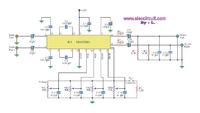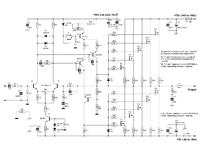c_mitra
Advanced Member level 6
.... some areas of audio are so full of misguided myths and ideas that you can end up going down a slippery slope.....
Sad but true.
Another problem is that most circuits come without elaborate detailed explanations and functional roles. As if we are trying to make a solderman rather than an engineer.


